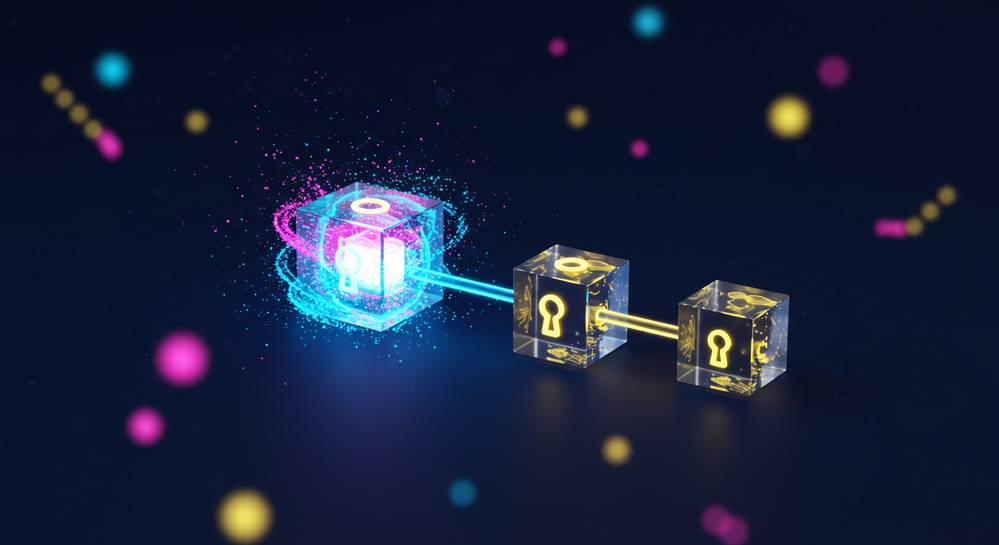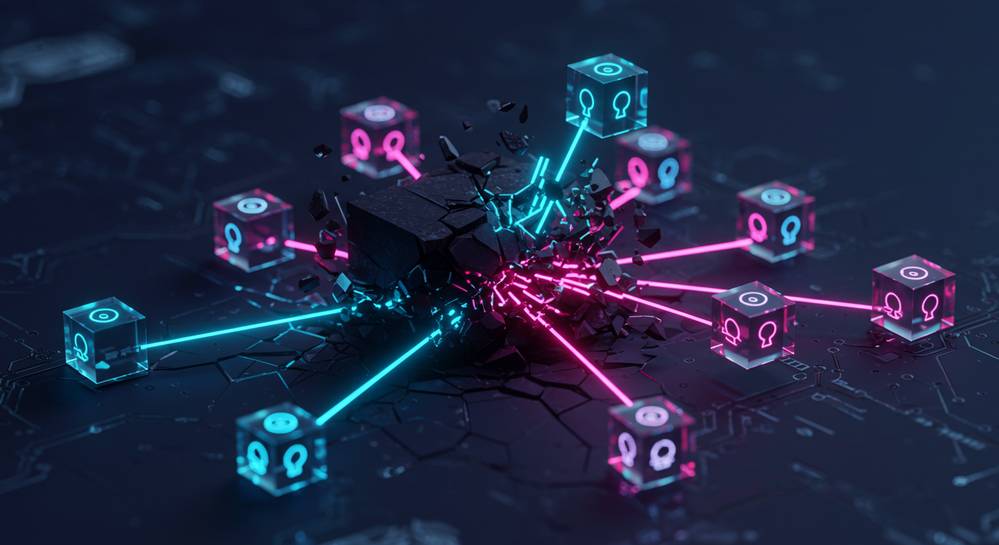Blockchain technology might seem complex, but its core idea is simple and powerful. It’s changing everything from finance to supply chains. If you have ever wondered what it is and how it works, you are in the right place. This beginner guide to blockchain technology will break down the essentials in an easy-to-understand way, without the technical jargon.
What is blockchain technology fundamentally

At its heart, blockchain is a form of distributed ledger technology. Imagine a digital record book copied and shared across a global network of computers. Each entry, or transaction, is grouped into a block. Once a block is full, it is cryptographically sealed and linked to the previous one, creating a secure chain of data. This innovative structure is the key to its power and security.
This beginner guide to blockchain technology highlights three essential properties that define its function and value. These features work together to create a robust and trustworthy system for recording information without needing a central intermediary. Understanding them is key to grasping the technology’s potential.
- Decentralized: No single entity owns or controls the network. Power is distributed among all participants, eliminating single points of failure and increasing resilience against attacks.
- Immutable: Once data is recorded on the blockchain, it cannot be changed or removed. This permanence ensures the integrity and trustworthiness of the historical record.
- Transparent: All transactions are visible to network participants. While user identities can be protected, this open-ledger approach builds trust and accountability within the system.
How does a blockchain work in practice

Understanding a blockchain’s practical operation reveals its logical and secure process. Every transaction, whether for cryptocurrency or data, follows a clear sequence from start to finish. This ensures each addition to the digital ledger is verified and synchronized across the network. The system relies on collective agreement among participants, removing the need for a central authority like a bank to validate actions.
This beginner guide to blockchain technology breaks down the transaction lifecycle into six key stages. From the moment a transaction is requested to its final confirmation, each step builds upon the last to ensure security and integrity. The entire process is designed to be both transparent and tamper-proof.
- A transaction is requested by a user and broadcast to the network.
- This transaction is bundled with others into a new, unconfirmed block.
- The new block is sent to all participants, known as nodes, in the network.
- Nodes validate the block through various consensus algorithms like Proof of Work.
- Once verified, the block is cryptographically linked to the existing chain.
- The updated chain is distributed across the network, and the transaction is complete.
Why is blockchain considered revolutionary

Blockchain’s revolutionary potential lies in its ability to create trust without a central authority. By decentralizing information and making it immutable, it solves long-standing problems of security, transparency, and efficiency. This fundamental shift enables a new generation of digital applications and interactions, changing how we exchange value and information. It is a foundational technology with far-reaching implications across many industries.
Enhanced security
Data on a blockchain is distributed across a network of computers, not held in a single location. This decentralized structure, combined with cryptographic linking between blocks, makes it exceptionally resistant to tampering. To alter a transaction, an attacker would need to control more than 50% of the network’s computing power, a task that is practically impossible on large public blockchains.
Greater transparency
Every participant on the network has access to the same version of the ledger. This shared source of truth reduces the potential for fraud and brings clarity to complex processes. Since all transactions are recorded and visible, it creates an environment of accountability. This transparency is crucial for building trust between parties who may not know each other.
Increased efficiency
By removing intermediaries like banks or brokers, blockchain can streamline and automate complex processes. This is often achieved using blockchain smart contracts use cases that execute automatically when conditions are met. This not only accelerates transaction times from days to minutes but also significantly reduces costs and the risk of human error.
What are the real world applications of blockchain
Blockchain is far more than the technology behind Bitcoin; it is a foundational system for creating trust and transparency in a digital world. By understanding its core principles of decentralization and immutability, you are now equipped to explore its vast potential. To continue your learning journey, explore more insights at Dynamic Crypto Network.
